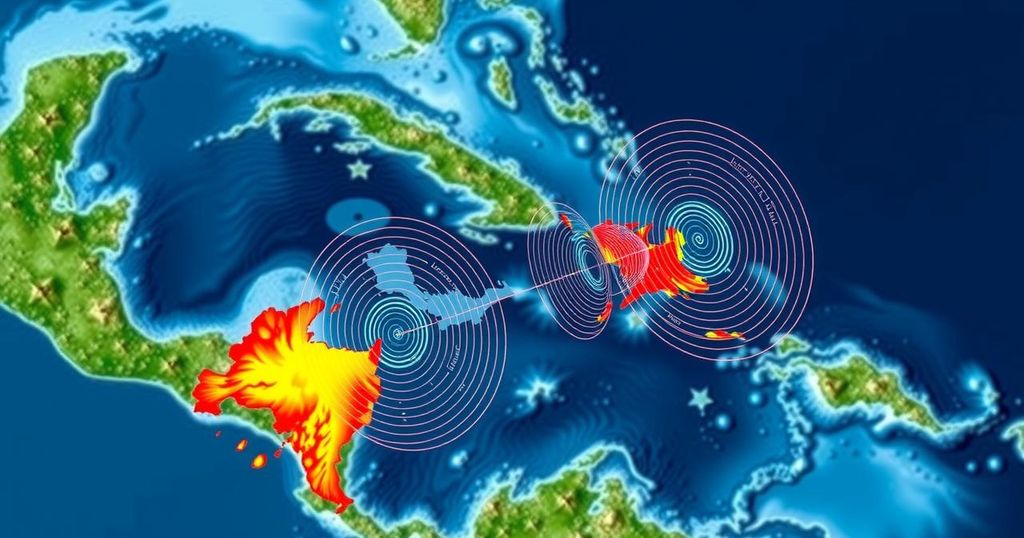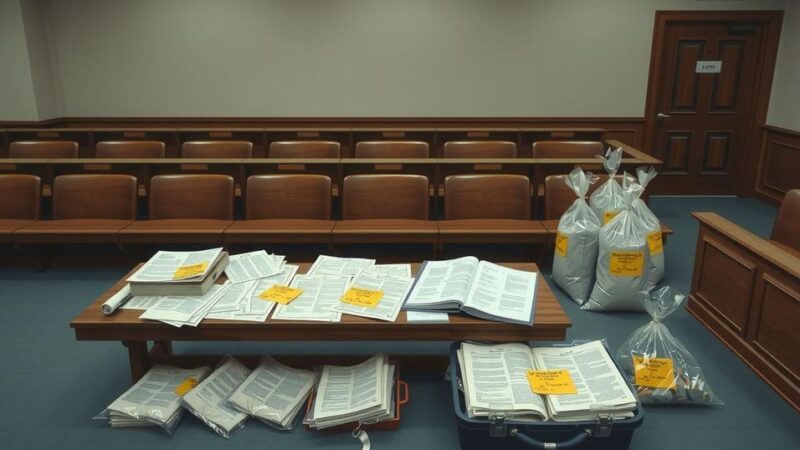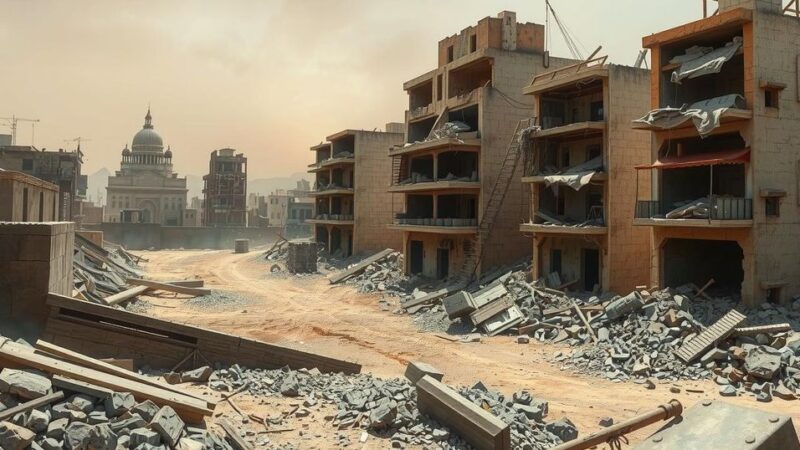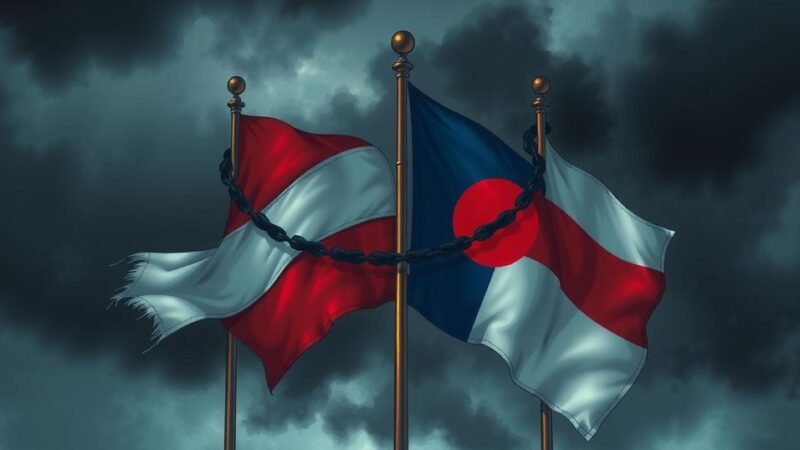Eastern Cuba experienced a significant earthquake on Sunday, causing panic among residents who evacuated to the streets. With an estimated magnitude of 6.0, the tremor prompted social media alerts about its intensity. Following the initial quake, an aftershock occurred, heightening anxiety and concern for potential material damage, although no injuries have been reported thus far.
On Sunday morning, residents of Santiago de Cuba and surrounding eastern regions experienced a considerable earthquake, which led to significant panic and the need for thousands to evacuate to the streets. The seismic activity was reportedly felt across various municipalities in Santiago, and potentially in the nearby provinces of Guantánamo and Granma. Citizens quickly utilized social media platforms to inform others about the earthquake, with the Facebook page “TV de Cuba” sharing images depicting individuals in distress amid the turmoil. Independent journalist Yosmany Mayeta Labrada estimated the earthquake’s magnitude at 6.0 on the Richter scale, although this assessment remains unofficial. Aris Arias Batalla, the Operations and Relief manager of the Red Cross in Santiago de Cuba, confirmed the tremor’s intensity, describing it as “very strong” and noting that it occurred at precisely 10:51 a.m. Shortly after the initial quake, a perceptible aftershock was reported, exacerbating the anxiety amongst the population. Journalist Cuscó Tarradell remarked on his Facebook account about the panic, stating that the events led to many residents taking to the streets in fear. Though there have been no reported injuries thus far, concerns persist regarding possible material damage and the potential for additional aftershocks or seismic events.
The seismic activity in eastern Cuba, particularly along the Oriente fault line, poses a significant threat to the region due to its historical frequency and intensity. The recent earthquake and its aftershocks highlight the ongoing concerns about earthquake preparedness and community resilience in the face of natural disasters. The public’s prompt use of social media during such crises demonstrates the modern ways communities seek to communicate and support one another during emergencies. The Red Cross’s involvement further illustrates the importance of coordination and support systems in the wake of natural disasters.
In conclusion, the recent strong earthquake in eastern Cuba has prompted widespread panic among the residents of Santiago de Cuba and its neighboring regions. While the earthquake’s magnitude has been unofficially estimated at 6.0, the effects on the community have been significant, with many taking to the streets in fear of aftershocks. Although no injuries have been reported, concerns regarding material damage and future seismic activity remain paramount, as citizens continue to cope with the aftermath of these distressing events.
Original Source: en.cibercuba.com






